

We may earn revenue from the products available on this page and participate in affiliate programs. Learn More ›
House hunting is exciting, but trying to get the most house for the money can be a nerve-wracking process. Many sellers go to great lengths to make their homes appealing to buyers, including repainting, home staging, amping up curb appeal, and hiring contractors to complete necessary repairs and updates. If sellers don’t hire reputable contractors to complete these projects (or sellers do the work themselves and don’t bother pulling permits), the quality of these renovations might not up to par.
Not all upgrades and renovations improve the value of a home—in fact, shoddy fixes can do just the opposite. The next time you’re at a showing or an open house and the agent is talking up the seller’s recent upgrades, look out for these renovations red flags.
RELATED: 30 Things to Remember When on the Hunt for a New Home
1. Put on your inspector’s hat.

House hunting is often an emotional process as home buyers try to imagine whether the home will suit their family and improve their quality of life. It’s impossible to ignore your feelings when you visit a home, but the first time you go through a house, try to see it as a home inspector would. This means looking beneath the new paint and carpeting and ferreting out discrepancies that might indicate the current sellers cut corners when they made repairs. Look at each house with critical eyes.
2. Check for new flower beds or paint around the foundation.

Foundations can leak. Sometimes the soil swells, creating lateral pressure, and foundation walls can crack or shift. Don’t be fooled into thinking a new coat of paint on the foundation walls is a remedy for structural repairs. In addition, if you see fresh soil piled against foundation walls—be suspicious. Soil can hide a host of foundation flaws.
Keep your eyes out for these red flags, but don’t trust yourself to know what’s hidden beneath new paint or soil. Never buy a house, even an “as is” house, without having an engineer or structural contractor inspect the foundation.
3. Look for wavy shingles on a new roof.
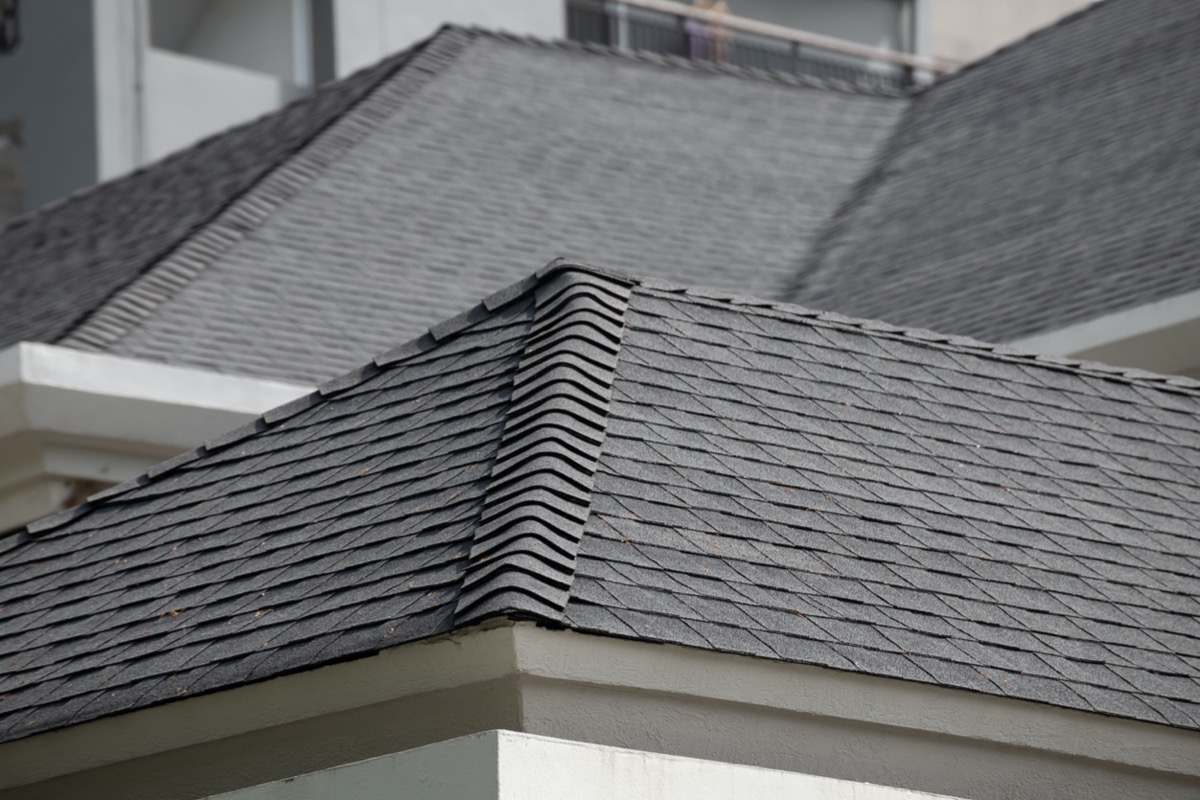
Sometimes sellers will spring for a new roof on the house to help it sell. That’s great, unless they cut corners with cheap shingles that won’t seal down, or the roofers install the shingles over an existing layer of shingles. Some communities allow homeowners to put a second layer of shingles over the first layer, but it’s really not the best way to go. Layered shingles can hide a host of roof problems, including a faulty roof deck. Layering shingles, too, will most likely void the warranty on the new shingles.
RELATED: Solved! This Is How Long You Can Expect Your Roof to Last
4. Open and shut all doors.
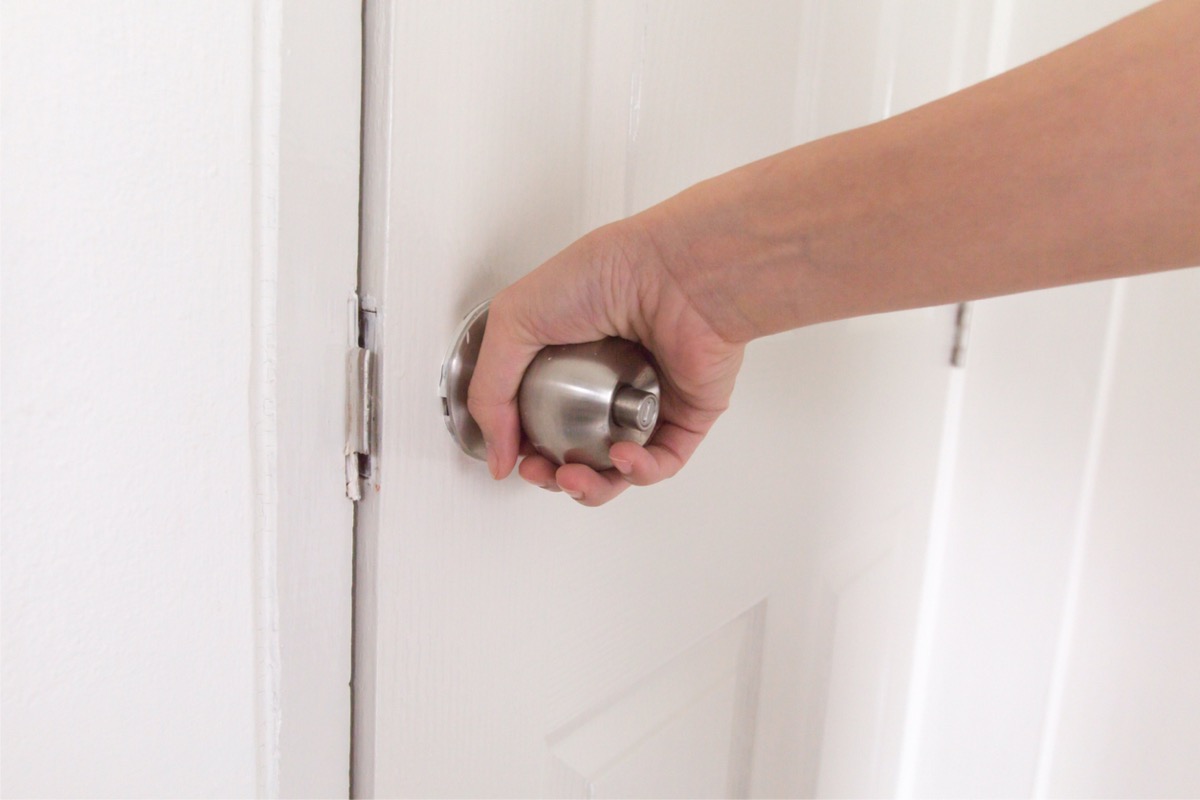
When it comes to interior doors, a good rule of thumb to follow is this: the heavier the door, the better the quality. It’s not unusual for homeowners who are on a budget to install hollow-core doors. They can be okay, qualitatively speaking, but they can lead to more significant noise transfer between rooms. When you’re scoping out a potential home, it’s a good idea to open and close every door to see whether they function properly. Many buyers don’t do this because the doors are all open as they walk from room to room. Interior doors should all close smoothly without gaps between the door and the frame.
5. Look for visible seams on walls and floors.
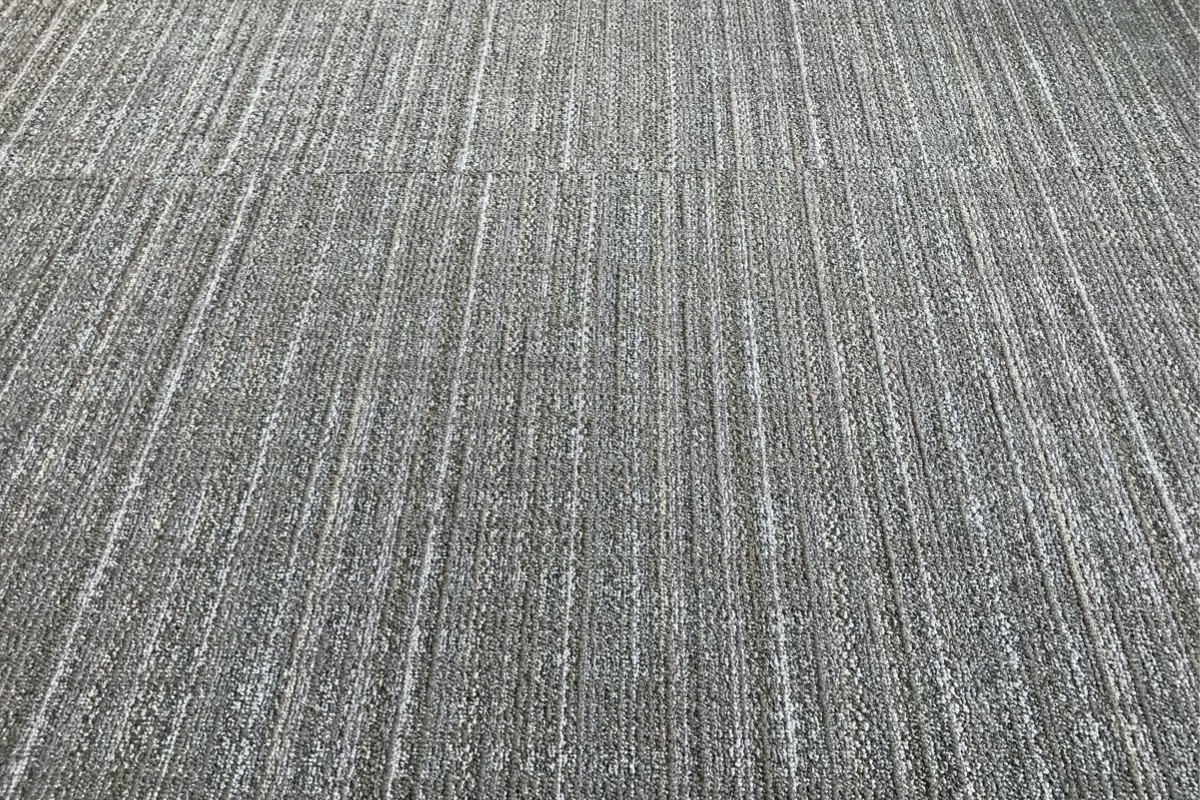
High-quality renovations are almost always seamless. Well, the seams are there but they are not visible. You’ll know that a drywall-taping job was done by a pro if there’s no evidence of the seams where the drywall panels meet. The same is true of wall-to-wall carpeting: If you can spot the seams, the seller either bought cheap carpet or it wasn’t installed by a professional.
6. Research the brand of the home’s HVAC system.
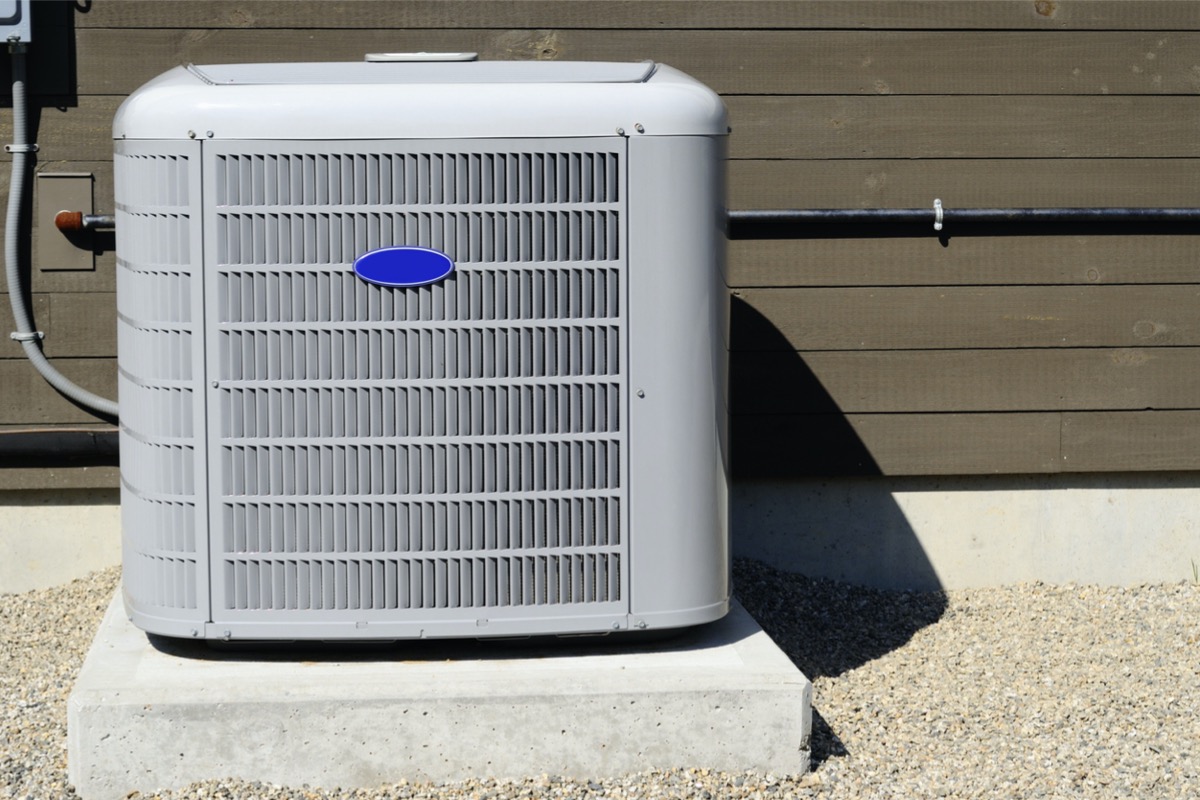
When the real estate agent walks you through the basement and gushes about the brand-new water heater and HVAC system, smile and then take out your pad and pencil. Having new major appliances may not mean much if they aren’t quality brands. If you aren’t a HVAC professional, it’s unlikely you’ll be able to gauge their quality just looking at their shiny exteriors.
Write down the brand, the model number, and the size, which should all be on a sticker. Later, you’ll have to do a little sleuthing—either by researching online or talking to a reputable appliance retailer—to find out whether the systems are quality.
RELATED: The 4 Best Carpet Installation Companies
7. Open and close the windows.
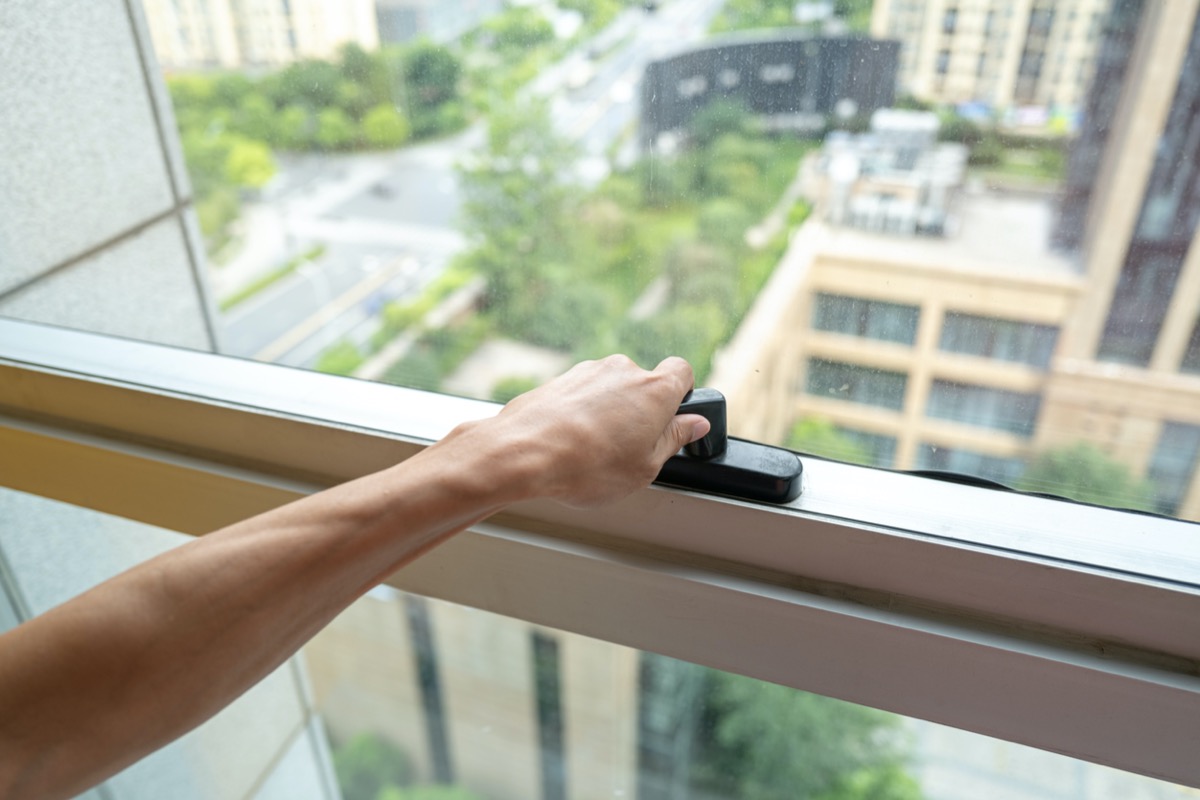
New replacement windows can be a strong selling point, but there’s a wide range of quality in the world of windows. Your first move should be to unlock, open and close the windows. Good quality windows that are installed by a professional should glide smoothly and close snugly without the window sticking. A double-hung window that doesn’t slide easily or a casement window that’s difficult to crank open or close could signify that the windows are cheap or the installation was faulty.
8. Check for streaks and marks in the paint.

There’s nothing wrong with sprucing up a home by painting the walls a fresh new shade, but all paint is not created equal. Cheap paints are typically thin and don’t cover as well as higher-quality paints. The other thing you might notice is that cheap paints are more prone to leaving streaks and lap marks. Top-quality paints are usually thick and create a dense, even coating that blends well. If you’re at a house showing and you can see a different paint color beneath the new paint or roller marks in the finish, odds are you’re looking at cheap paint.
9. Suss out whether the home is owner-occupied or a “flip job.”

While it’s not fair to immediately dismiss all renovation work as shoddy because an investor bought a house to fix up and flip, homeowners who live in their houses are more likely to invest in quality materials and renovations. A house flipper isn’t as motivated to insist on, and spend on, quality work. The house you’re visiting may well be just what you’re looking for, but if the house flipper used substandard materials you might be looking at repairs sooner than you’d like. Giving the place a careful once-over can help you estimate which fixes might be in your future.
RELATED: Putting Your Home on the Market? Make These 10 Fixes First
10. Visit the local building authorities.
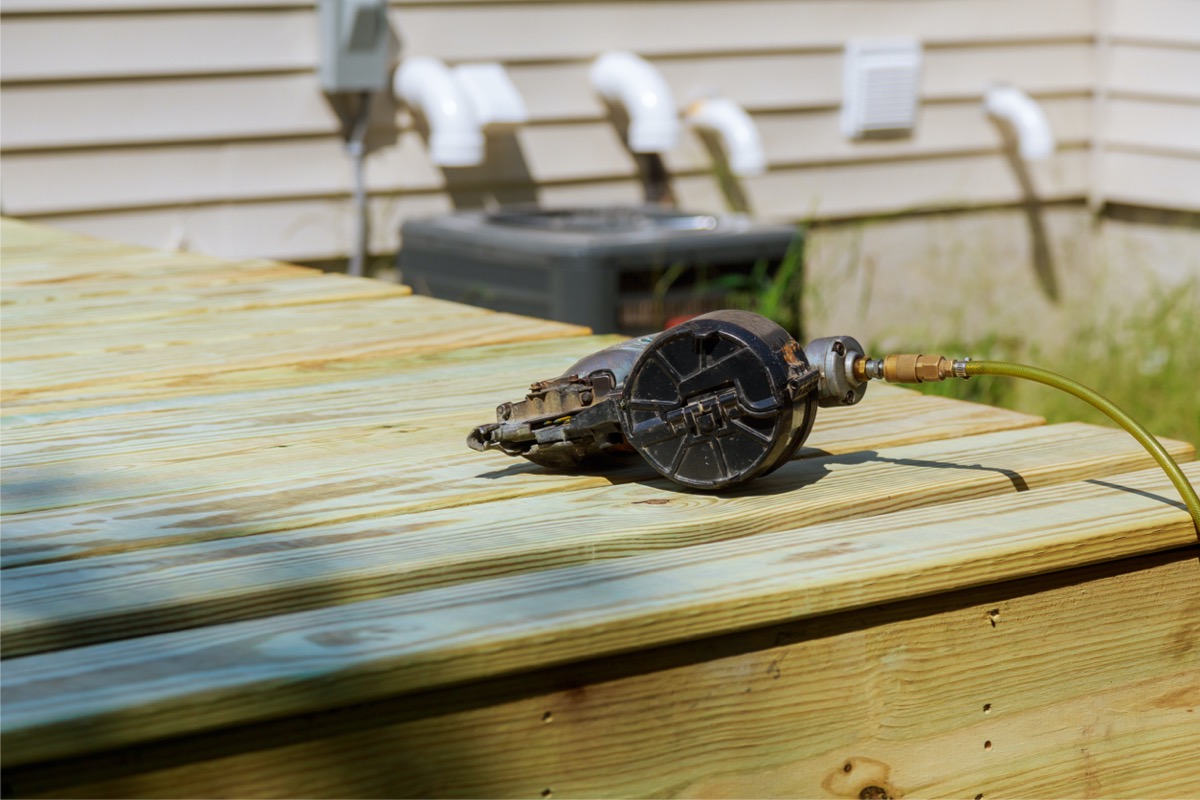
It happens everywhere: Homeowners tackle remodeling and renovation projects without pulling permits. While the practice is usually a violation of local building codes and ordinances, it’s hardly rare. When permits are missing for projects like a new deck or electrical updates, it typically indicates that the homeowner did the repair themselves rather than hiring a licensed contractor. Unpermitted work doesn’t always measure up to quality standards—and can even be a safety hazard. Before making an offer on a home with recent renovations, check with the local building authority to see which (if any) permits were taken out.
